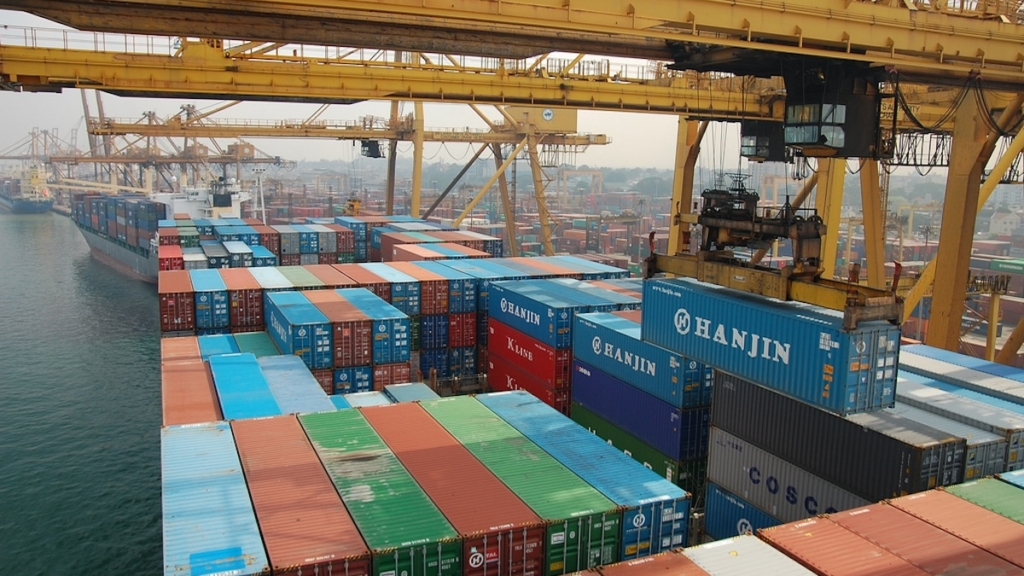
作者/Author(s): Zenel Garcia and Alexandra Meise
網站來源/Source: War on the Rocks
日期/Date: 09/11/2025
關鍵字/Keywords :基礎建設、經濟、中國、港口
摘要:
大多數學者將「一帶一路」的港口投資視為北京鞏固並擴張海軍投射能力,進而拓展全球影響力的手段。然而,仔細檢視後會發現,中國有些投資行為開始相互矛盾,有時甚至與北京更宏觀的地緣政治目標相抵觸。因此,美國必須理解中國投資港口,並制定合適的因應措施,以維持與中國的競爭力。
支離破碎的「一帶一路」?
支離破碎的「一帶一路」?
- 2013年習近平提出「一帶一路」倡議時,外界對該計劃的範圍規模、中央政府整體戰略、政策協調及實施機制所知甚少。
- 然而,一帶一路的核心邏輯是整合國內與全球市場,減緩中國內發展不足與安全問題。省級領導者反而變成經濟走廊的主要規劃者,導致中央、地方機構與私營主體之間出現政策協調失當或競爭現象。
- 一帶一路項目的碎片化顯示中國公私部門、地方政府與利益相關者之間存在競爭性利益。
商業利益與「蛇口模式」的輸出
- 商業利益驅動著次國家行為者相互競爭,尤其體現在不同國有企業間。此外,有些中國國有企業由中共成員領導,因此其績效會依據國家目標設定。
- 港口作為商業投資的吸引力在於它們既是串聯不同「一帶一路」項目經濟走廊的樞紐,亦對中國出口導向型經濟至關重要。
- 「蛇口模式」結合了三大因素:作為國際貿易與物流轉運點的港口;促進出口製造業的工業園區;以及提供基礎設施與服務的城市住宅區。
- 中國國有企業之所以選用「蛇口模式」,是因為它能讓企業掌握港口從建設到運營中的一切優勢,並透過合資企業改善與東道國企業的關係,甚至是能與東道國發展政策相輔相成的模式。
Summary:
Most scholars view BRI port investments as Beijing's attempt to consolidate and expand its naval projection and, subsequently, its global influence. Upon closer inspection, some Chinese investments appear inconsistent and occasionally contradict Beijing's broader geopolitical objectives. Therefore, the US should grasp the context of Chinese port investments and devise appropriate responses to compete with China.
Fragmented BRI?
Fragmented BRI?
- When Xi introduced the BRI in 2013, limited information was available about the scope and scale of the initiative, as well as the central government's overall strategy, policy coordination, and implementation mechanisms.
- Nevertheless, BRI centers on the domestic logic that integration of local markets with the world could alleviate underdevelopment and insecurity. Consequently, provincial leaders become the chief planners for economic corridors, leading to policy incoordination and competition among central and local agencies, as well as private actors.
- The fragmented implementation of BRI projects suggests that competing interests exist among Chinese public and private actors, as well as the local government and stakeholders. Therefore, instead of a grand strategy, BRI was more of a mix of ad hoc and experimental measures driven by relevant stakeholders.
Commercial Interests and Exporting the "Shekou Model"
- Commercial interests drive competition among subnational actors, especially among different state-owned enterprises (SOEs). Furthermore, as some CCP members lead SOEs, their performance is evaluated against national targets.
- Ports are attractive commercial investments because they serve as nodes that integrate economic corridors among various BRI projects and are crucial for China's export-driven economy. As China was a latecomer to international investment and finance, it sought to mimic the "Shekou model" that had succeeded domestically and implement it in BRI port projects.
- The "Shekou model" integrates a port that acts as a transit point for international trade and logistics, an industrial park that promotes manufacturing of exports, and an urban residential area that provides supporting infrastructure and services.
- Chinese SOEs utilized the "Shekou model" because it provides them with an advantage from the construction stage to the operation of the ports, improves relations with host country businesses through joint ventures, and views it as a suitable model that complements the host country's development policies.
